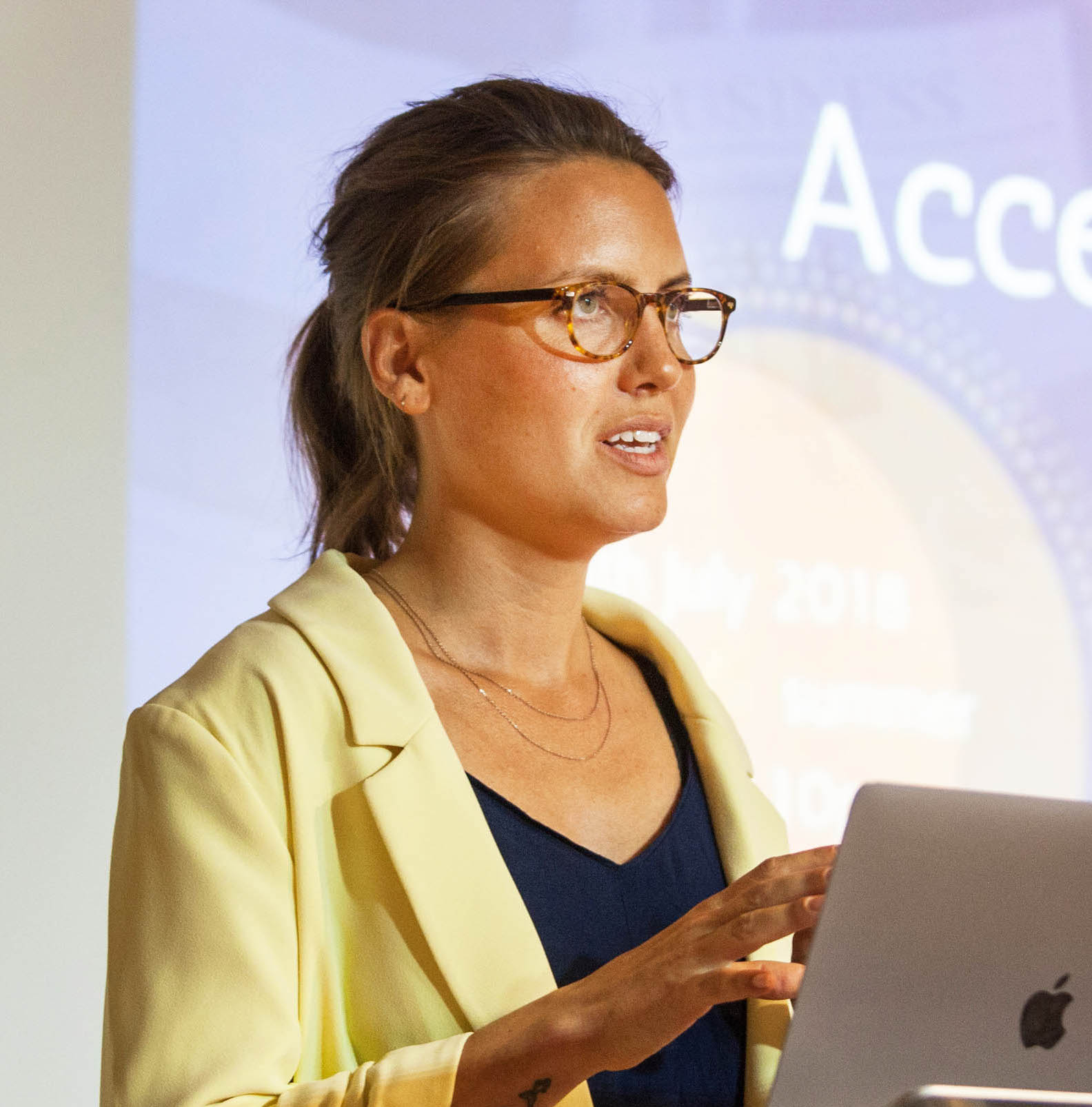Luminary media bets big on ad-free podcasts

Photo: Stephanie Berbec

The long-awaited podcast subscription service, Luminary Media, went live on 23rd April 2019. The service has raised $100 million from investors with the aim of distributing ad-free exclusive podcast content to users for $8 per month. You guessed it, Luminary wants to be ‘The Netflix of Podcasts’.
Whilst there will be a free tier with non-Luminary-exclusive content available supported by ads, Luminary is betting big on two assumptions. Firstly, that there is substantial consumer demand for ad-free podcasts. Secondly, that the exclusive content it produces will be desirable enough to compete with the 650,000 podcasts available on Apple alone.
The myth of top-down premium exclusivity in a world of bottom-up hyper-niches
The digital content landscape is shaped by two key drivers: consumers operating at the peak of the attention economy and a decentralised content creation ecosystem, creating hyper-niche, collaborative and loyal audiences – facilitated by and specific to the two-way information age.
In acknowledgement of the fierce competition for consumer attention they face, music, video, and now podcast services are making increasingly dramatic acquisition and/or content creation plays that fail to adequately recognise the second aspect of the digital content landscape. The decentralised digital content economy makes it much harder for platforms to buy fans when creators, much closer to their audiences, are producing content credibly by themselves.
A standout example of this fan-to-creator reciprocity, yielding a financially sound business model, is Liverpool FC fan podcast The Anfield Wrap. This series, launched in 2008 as a fanzine, epitomises ground-up community creative output and has successfully monetised its audience via a subscription model. They are soon to launch a tiered subscription offering due to fan demand for more content. This example points to the fact that digital economy audiences are willing to pay for content they want – but underlines the fact that it is increasingly the content that serves a wider need in the eye of the fan that reaps financial reward (also seen in the rise of services like Patreon).
Featured Report
India market focus A fandom and AI-forward online population
Online Indian consumers are expected to be early movers. They are high entertainment consumers, AI enthusiasts, and high spenders – especially on fandom. This report explores a population that is an early adopter, format-agnostic, mobile-first audience, with huge growth potential.
Find out more…Do the maths
Luminary Media is launching with exclusive content from an array of ‘stars’ (Trevor Noah and Lena Dunham being two of the most recognisable names), with the conviction that there are enough podcast users that are also fan enough of names like these to change their listening habits (i.e. by accessing podcasts via a new app) and begin paying for something that they are accustomed to receiving for free.
MIDiA consumer survey data indicates that 12% of the US population over the age of 16 listen to podcasts. This equates to 27.6 million listeners. Drawing on an analogous conversion rate of 1% for YouTube Red in the US (US YouTube weekly average user penetration in the US is 46% (source: MIDiA Research Q4 18 survey data) and YouTube Red achieved approximately 1.5 million subscribers in the US before it was folded into YouTube Premium), Luminary Media could hope to convert 270,000 of these podcast listeners to their $8/month model.
Taken over a year, this equates to $19.4 million. It will take Luminary Media approximately 5 years to amortise the original $100 million investment. Whilst this is by no means unusual for the tech landscape, it is yet another example of tech platforms’ loss-leading content strategy to acquire market share.
What is an ad anyway?
A final substantial theme to consider here is whether podcast listeners really are that averse to ‘ads’ on podcasts, and, moreover, are the lines being drawn between ad-free and ad-supported creating a false dichotomy? Many consumers are actively seeking out content created by brands on social media channels. The fashion brand Chloe has created ‘Chloe Radio’ – owning the format and the channel is the height of branded content and may actually court consumer attention in the same way that other audio content of interest to Chloe’s base does.
There is undoubtedly room for improvement in the ambition of podcast ad creativity. The potential for advertisers, creators and platforms alike is being undermined by sloppy recycled radio ads. It is as yet unclear whether Luminary’s ad-free unique selling proposition is an appropriate ‘solution’ for what may not turn out to be that big of a problem in the first place.

The discussion around this post has not yet got started, be the first to add an opinion.